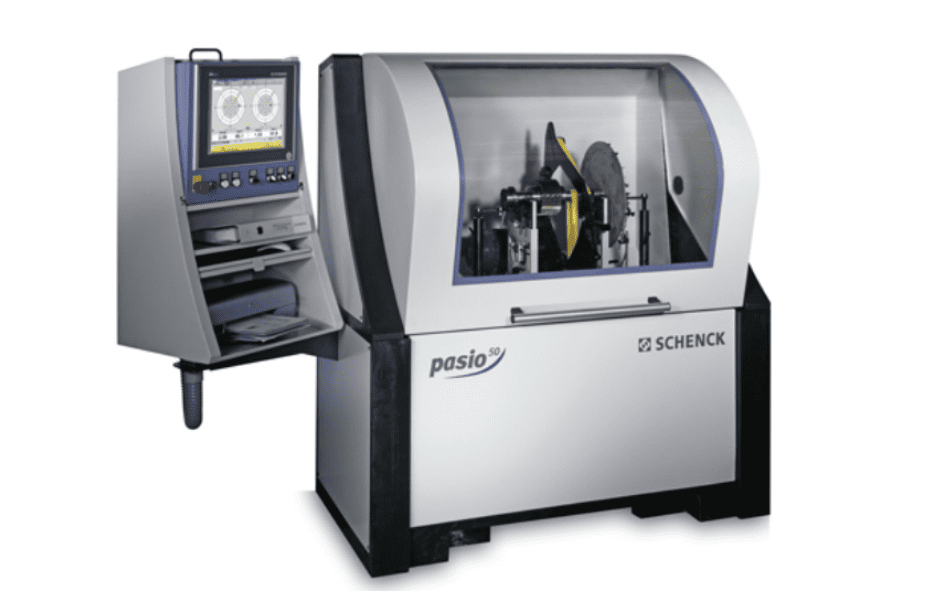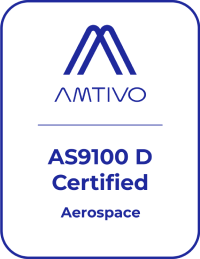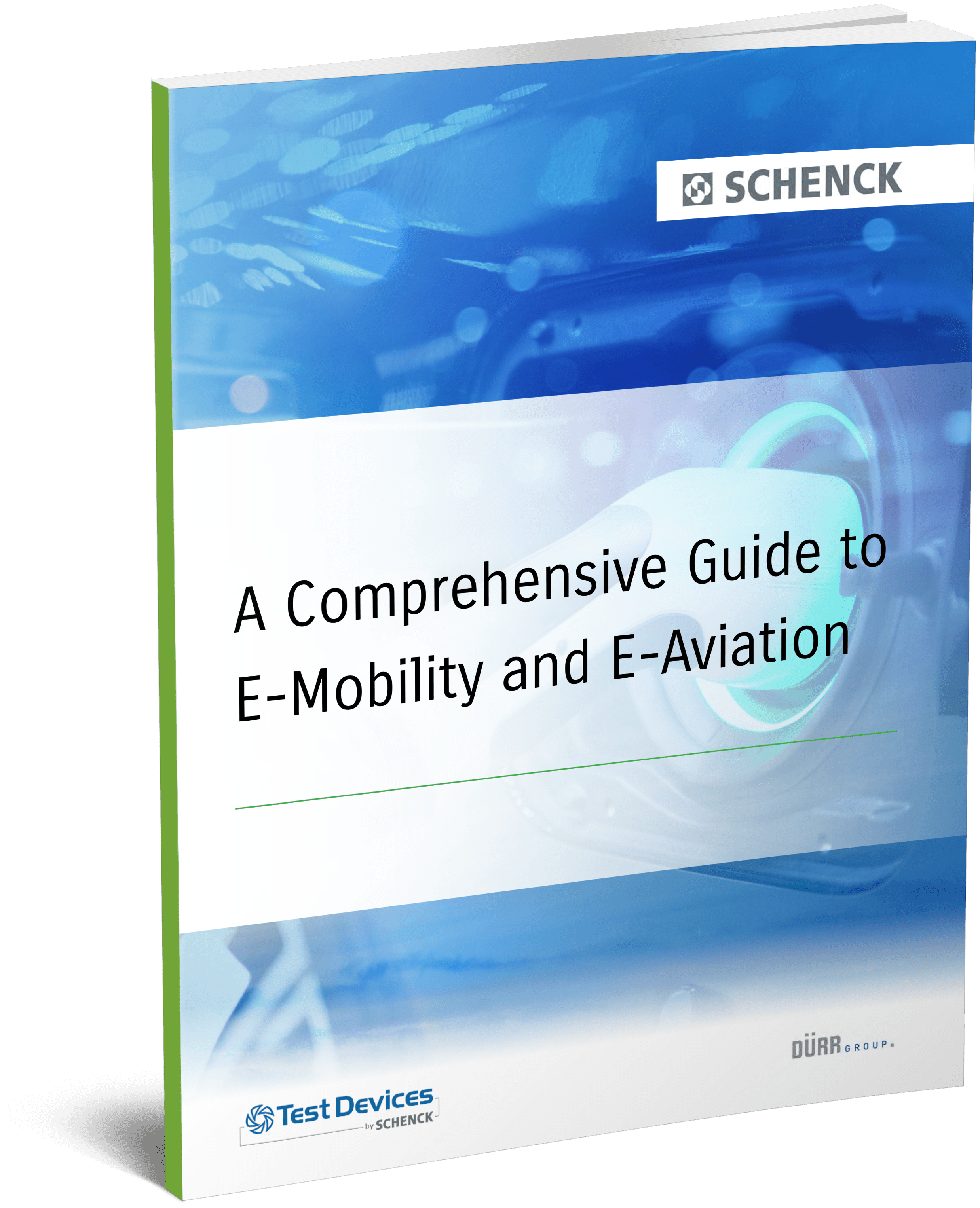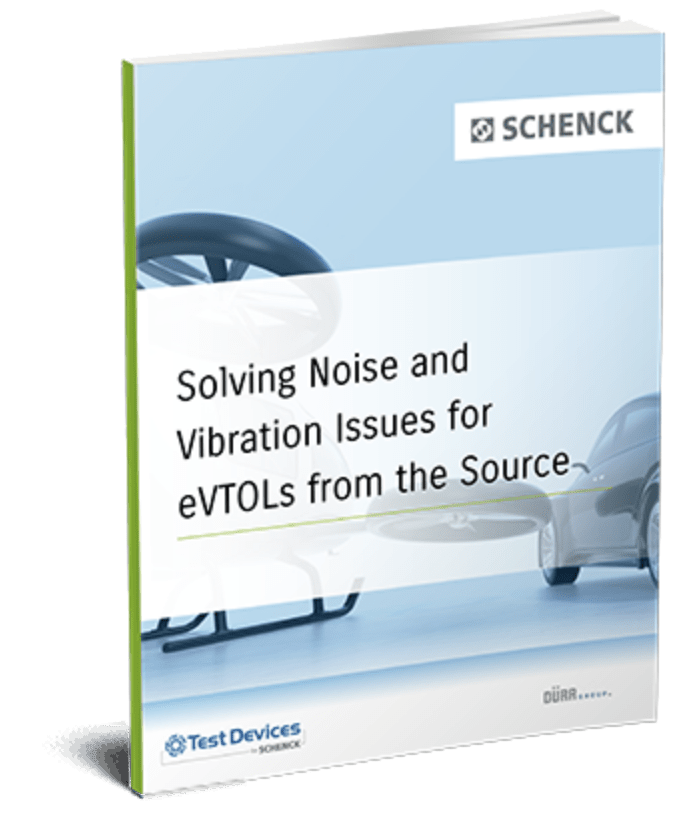Sustainable transportation solutions are becoming a priority across various industries as the effects of global warming continue to grow. With the transportation sector being the largest single contributor of CO₂ emissions, governments and leading auto manufacturers are setting goals to shift towards more sustainable, electrified mobility (eMobility) options. eMobility technologies support the growing green technology initiative by reducing greenhouse gas emissions while providing improved vehicle performance and decreased noise pollution.
As consumer demand for electric vehicles (EVs) and aircraft increases, so too does the need for quality eMobility components such as electric motors and the components within them, such as rotors. To ensure optimal safety and performance, these rotating parts must be thoroughly tested before going to end users. At Test Devices by SCHENCK, we support emerging sustainable technologies by providing industry-leading balancing and spin testing services for customers who are developing new generations of electric motors, energy storage devices, and various other rotating components that are part of clean technologies.
Typical eMobility & ePropulsion Rotor Spin Testing Requirements
When performing spin testing services for eMobility and ePropulsion rotors, these are the typical requirements:
Proof / Overspeed Testing
Proof testing, or overspeed testing, is performed by spinning a component above the typical operating ceiling of the machine. For example, a rotor with a speed for which it was designed to operate of up to 20,000 rpm could be tested at speeds over 24,000 rpm. The goal of the test is to confirm the structural integrity of the rotor and ensure that there is an adequate safety margin against a potential catastrophic failure (a rotor burst), even if actual operating conditions exceed the speed for which it was designed.
Measurement of Rotor Outer Diameter (OD) Growth
During the spin testing process, we measure the change in the rotor OD (or inner diameter if accessible). From the measurement, we can observe the average growth or map the growth as a circumferential deformation profile (expansion measurement). The former helps us to understand the bulk material behavior of the rotor, and the latter provides a visualization of the deformation shape of the rotor at speed.

Demonstrate Burst Speed
Rotors spinning at high speeds can catastrophically fail (rotor bursting), releasing a large amount of kinetic energy. Because of the danger associated with rotating component failure, it is important to understand the design integrity of the rotor against a burst, testing to validate the engineering model and establish accurate safety margins above the maximum rated operating speed of critical components.
During a burst spin test, the rotor is spun until it ruptures under CF load. A burst test can be performed either at ambient or elevated temperature conditions.
Capturing the Burst Event with High-Speed Video
Within the spin pit, we designed a setup to capture the burst event with high-speed video cameras. By observing how the rotor bursts, the Test Devices by SCHENCK team provides key insights to our customers into where and how the failure happened, enabling the engineers and designers that developed the rotors to make necessary adjustments. The images from the high-speed video will pinpoint the initiation point of the failure, saving many hours of painstaking investigative work involved in a failure investigation.
Demonstrate Rotor Performance at Its Operating Temperatures
We can set up spin tests that subject the rotor to its realistic operating temperatures. Temperature can significantly affect the material strength and damage mechanism, making it a key ingredient in performing more realistic testing. Performing a spin test at the rotor’s operating temperature gives a superior demonstration.
Demonstrating the Structural Durability via Low Cycle Fatigue (LCF) Test
Fatigue is common and perhaps one of the most prevalent damage mechanisms. Historically, people have suffered the consequences of fatigue damage that resulted in catastrophic failures of machines and structures.
Low-Cycle Fatigue (LCF) testing is an important method for evaluating the durability of a rotor. Each cycle of an LCF test typically represents an operational cycle. For example, for aircraft engines, each cycle typically represents a take-off to landing cycle.
We perform LCF tests for tens of thousands of cycles for each rotor. Between the cycle segments, the rotor is inspected for signs of fatigue cracking. The criteria for a successful LCF test depends on the anticipated operating life of the machine. When it comes to automotive parts or aerospace propulsion systems, rotors are required to demonstrate a high degree of durability with conservative safety factors.
Learn more about Test Devices by SCHENCK’s LCF testing and Crack Detection system and how it could lower costs, or schedule your low-cycle fatigue testing work here.
Precision Balance Checks and Precision Dimensional Inspections
Test Devices by SCHENCK offers precision balance checks and dimensional inspections before (pre-test) and after (post-test) spin test runs. The pre-test determines the rotor’s balancing and dimensions before testing begins, whereas the post-test checks to see if the spin testing caused any change to the rotor.
In a spin test, the stress in the rotor could reach its yield limit, and it could lead to unexpected permanent changes in the rotor dimensions. For tightly toleranced features in high-performance machines, such as blade tip clearance in jet engines and air gap clearances in EV and E-Propulsion motors, unwarranted dimensional change could negatively impact performance. Similarly, concerns exist for rotor unbalances – any degradation in the unbalance level after a spin test or over a set of LCF tests is often undesirable. Rotor unbalance is one of the main causes of vibration and noise in vehicles, which could affect anything from ride quality to structural wear and damage.
SCHENCK is the global leader in balancing technologies. By leveraging SCHENCK’s expertise, Test Devices can offer not only spin testing services but also precise dimensional inspection and rotor balance measurements, all under one roof. Our goal is to provide the most relevant engineering data and engineering insights that our customers need to optimize their product designs.
Demonstration of Rotor Expansion
Tooling Design for Spin Testing and Balancing

In a spin test, the design of the tooling often dictates the rotor’s key structural behavior and dynamic stability during the test. It must accurately reflect the boundary conditions of the rotor in the actual operating environment. Improper attachment design can lead to the creation of an unintended stress field and an erroneous conclusion of a test. In spin testing, the test parts are typically pushed above their normal operating conditions; therefore, spin test tooling must be designed to outlast the test parts in an arduous test environment.
Tooling for balancing can appear deceptively simple. It could be a shaft to hold the rotor in a balancing machine; however, the detail of the shaft decides whether the resulting unbalance correction work will be effective. Rotor balancing is a process that involves precision measurement and adjustment. Balancing involves aligning the mass eccentricity around the rotational axis with the geometric rotational axis of a rotor. The degree of unalignment is typically a fraction of mils.
The tooling used in balancing must be designed carefully so that it can serve well as a controlled interface and avoid introducing unintended errors in the balancing machine measurement. The support locations for the balancing shaft must be well-controlled and precisely made with tightly controlled geometric tolerances. Other key factors that need to be considered include:
- How the shaft and the part will interface
- The subtleties in the mass proportion
- The CG position of the rotor and tooling assembly in relation to the capacity
- Key characteristics of the balancing machine itself
The need for the level of attention to detail is especially true when one needs to balance a rotor to a very precise state (ISO1940, G2.5 or better). At this level, the correction requirement in the eccentricity competes with the limits of the geometric tolerances of precision machining work and the sensitivity of the machine readings. In some cases, we recommend our customers confirm the repeatability of the balancing work via statistical analysis.
Test Devices by SCHENCK's Centrio 100 Spin Tester
Our Centrio 100 Spin Tester offers a versatile, turn-key test platform to serve various applications with exceptional safety and efficiency, including testing for eMobility and ePropulsion technologies. With the help of rotor-specific tooling, the rotor hangs on a relatively flexible shaft during testing. The rotor aligns by its main mass centroid axis, making it possible to perform overspeed testing with high rotor unbalances. These tests are typically performed in a vacuum (about 1 mbar). Our Centrio 100 Spin Tester also enables us to test magnetic parts.
Test Devices by SCHENCK's Extensive Testing Experience and Capabilities
At Test Devices by SCHENCK, we strive to be the one-stop shop for your testing and balancing needs. We have extensive experience designing, project managing, and carrying out various spin tests for Electric Vehicles, eMobility and eDrive systems, and Advanced Air Mobility (AAM) systems for eVTOLs and ePropulsion systems. Our distinct advantages include:
- Full Engineering Support
From concept, design, and project management to a final report - World-Class Testing Facility
With an onsite machine shop that allows expeditious adjustments in hardware - Expertise in Test Instrumentations
Including the expansion measurement - High-Speed Cameras and High-Quality Data
Measurement systems - Pre-Test & Post-Test Inspection Capabilities
including CMMs and balance measurements - Higher Testing Standards
That meet the AS9100 aerospace standard
Contact Test Devices by SCHENCK for Your Green Technology Testing Needs
High-speed rotating eMobility components require accurate spin testing services to ensure optimal performance, safety, and reliability. At Test Devices by SCHENCK, we perform our testing services in line with various standards, including AS9100D, ISO 14001:2015, American Petroleum Institute (API), and more. With a reputation for safety and innovation, we can provide the most advanced and accurate spin testing services on the market for clients in the green technology space to support growing sustainability initiatives.
For more information about our eMobility spin testing capabilities.
Recommended Resources:
We also encourage you to access two of our eBooks that address e-mobility








